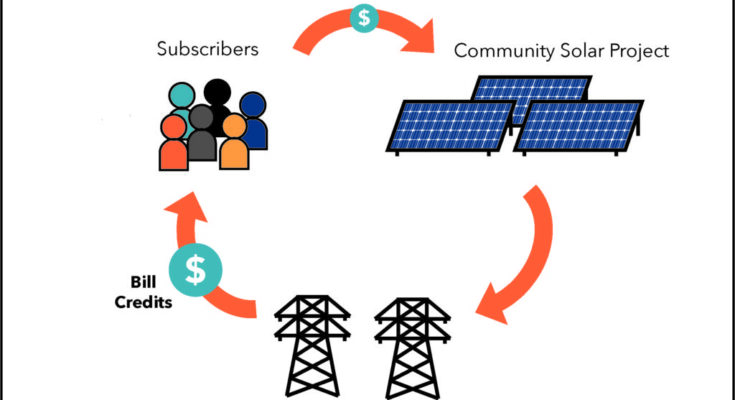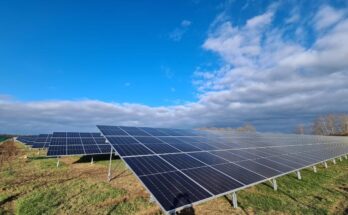As the pursuit of sustainable energy sources gains momentum, community solar programs emerge as a compelling option for individuals eager to participate in the renewable energy revolution. These programs allow participants to benefit from solar energy without installing panels on their property. However, before embarking on this solar journey, it’s crucial to ask the right questions to ensure that a community solar program aligns with your goals and expectations. In this article, explore four pivotal questions that can guide you in making an informed decision.
1. How Does a Community Solar Program Work?
Before delving into the details, understanding the fundamental workings of a community solar program is essential. Essentially, these programs grant access to solar energy benefits without the need to install panels on your property. A solar farm or array is established, and individuals or businesses subscribe to a portion of its energy production. The electricity generated is then credited to subscribers’ utility bills, presenting a renewable and cost-effective alternative to traditional energy sources.
Consideration Strategy: Gaining Familiarity with the Basics
Familiarize yourself with the basic mechanics of community solar. Understand how energy credits are applied, whether they offset your entire electricity bill or only a percentage. This foundational knowledge forms the basis for evaluating the program’s viability for your energy needs, allowing for an informed decision-making process.
2. What Are the Financial Implications and Savings?
While environmental impact is a motivator for community solar participation, assessing the financial aspects is crucial. Start by understanding the terms of your subscription, including the cost per kilowatt-hour and potential escalations over time. Inquire about available incentives, such as tax credits or rebates, that can enhance the financial attractiveness of the program. Evaluate projected savings in comparison to your current energy expenses.
Consideration Strategy: Unveiling the Financial Landscape
Request a clear breakdown of the financial structure, encompassing subscription costs, potential savings, and any additional fees. Calculate the expected return on investment and assess how it aligns with your budget and financial goals. Exploring available incentives adds another layer to the financial evaluation, ensuring a comprehensive understanding of the economic implications. This multi-faceted approach empowers you to make financially informed decisions about participating in a community solar program.
3. What Is the Duration and Flexibility of the Agreement?
Programs typically involve signing an agreement to secure your subscription. It’s essential to understand the duration of this commitment and the level of flexibility it offers. Inquire about the length of the agreement, any exit clauses, and potential penalties for early termination. Assess whether the program accommodates changes in your circumstances, such as relocation or adjustments to your energy consumption needs.
Consideration Strategy: Carefully review the terms of the agreement. Seek programs with reasonable contract durations and explore the flexibility provided in case your circumstances change. Understanding the exit options and potential penalties ensures that you enter into the agreement with a clear understanding of the commitment and its implications.
4. What Environmental and Community Impact Does the Program Have?
Beyond the personal benefits, community solar participation is often motivated by a desire to contribute to environmental sustainability and community development. Inquire about the specific environmental practices of the solar farm, such as its certification and adherence to sustainable standards. Additionally, assess the community impact, including any initiatives or investments the program makes in local communities.
Consideration Strategy: Prioritize programs that align with your environmental values. Inquire about the solar farm’s certifications, ensuring that it adheres to recognized sustainability standards. Delve into the community impact aspects, understanding how the program contributes to local development and whether it fosters a broader positive influence beyond individual energy savings. Assessing the long-term commitment of the program to environmental initiatives and community partnerships enhances your decision-making process.
Conclusion:
As you contemplate joining a community solar program, these four questions serve as a compass, guiding you through the complexities of solar energy engagement. Understanding the program’s mechanics, financial implications, agreement terms, and environmental impact empowers you to make an informed decision that aligns with your values, goals, and budget. Embracing community solar not only transforms the way you consume energy but also positions you as an active participant in the collective effort toward a more sustainable and resilient energy future.




